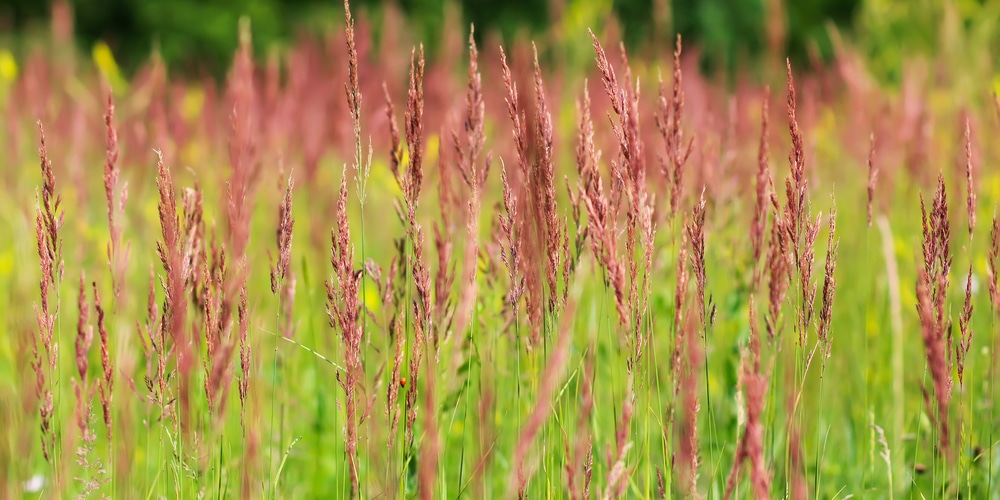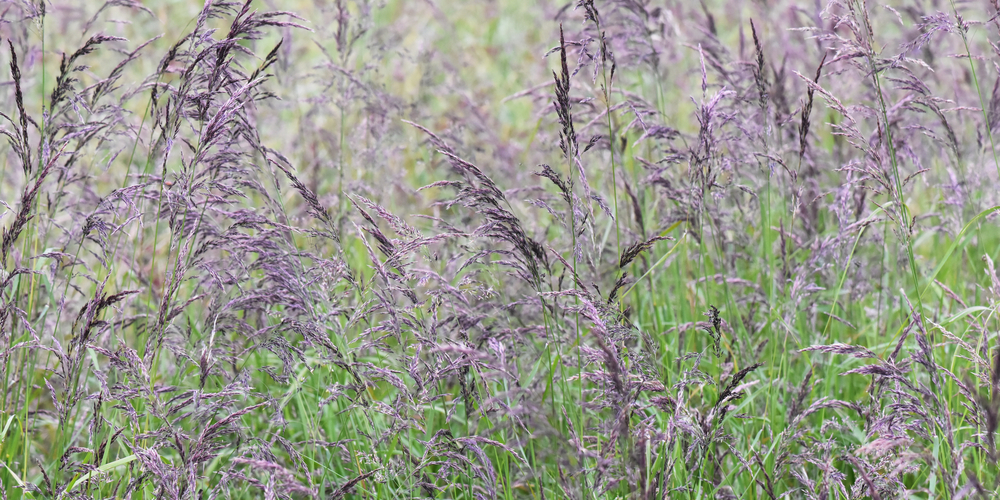Fescue grasses are versatile (and hardy) cool-season lawns that will thrive in most types of soil and weather conditions. Of course, you will have to meet their basic needs for growth and development.
However, with the proper level of care, you won’t have issues having it thriving in your garden. With that said, don’t forget that lawns need some effort (and considerable amounts of time and money) to stay healthy. Even those that fall under the “easy to grow” category need some attention from your side.
What Creeping Red Fescue Needs to Thrive
Grasses (like all plants) need sunlight, water, nutrients, and oxygen to carry out photosynthesis. Through this process, they grow and thrive. While not all plants have the same array of requirements, you will have to ensure you provide them with the proper amount of these elements to grow healthy plants in your garden.
Luckily, fescues are not as fussy as other types of grass. Once established, they don’t need much water and will do well with weekly mowing. Yes, you may need to fertilize them and will have to keep an eye out for pests and diseases, but that’s nothing compared to the attention other types of lawns require.
In particular, red fescue grass is the best solution to give your property an attractive meadow look at low cost and with little maintenance. But besides meeting your fescue grass requirements, you must ensure you plant it at the proper time of the year. Inadequate planting can negatively affect the results you’ll get with your grass.
If you are interested in installing red fescue in your garden, you’ve landed in the right place. Indeed, this essential guide contains everything we think you must know about growing this type of lawn in your garden, including when to plant creeping red fescue for best results.
Creeping Red Fescue Characteristics
Creeping red fescue is a drought and shade tolerant grass that does well in most soil conditions. It performs better in hardiness zones between 5 and 7, so if you live in a warmer area, you may have to look for another type of grass. However, if you need something to fill the shady spots of your garden, creeping red fescue might be your best option.
This grass stays green all year round, increasing your garden’s look even when most plants are dormant. There are more than 200 varieties of this grass, so you’ll for sure find one suitable for your yard’s conditions. In general, this lawn isn’t susceptible to diseases, and it is relatively slow-growing: you’ll only have to mow it once per week when it establishes in your yard.
When to Plant Creeping Red Fescue
Planting a turf from seeds doesn’t have to be complicated, but it requires some patience. For starters, you’ll need to do it at the right time of the year. In general, you’ll get a healthier lawn by planting its seeds in the fall. While you can plant it in the spring either, you might have more problems at this time of the year.
First, the threat of heat is a menace that can severely damage your seeds and halt their growth. Second, during the spring, pests and diseases are more common. You might expose your lawn to unnecessary threats and might alter its development patterns by planting it at this time of the year.
Plant creeping red fescue in the fall, when the soil temperatures are cool enough to allow it to establish in your ground, but not so much as to prevent roots from developing. Don’t forget to always check with your local weather: avoid exposing your seedling to harsh frosts at their initial stages of growth.
Also, don’t forget to prepare the soil. The pH should be between 5.5 and 6.5 for creeping red fescue to thrive. Make the necessary adjustments if your conditions are more alkaline than that.
Also, consider adding a thin layer of compost to your ground to improve the nutrient content and increase water retention. Your soil must get enough nitrogen for the success of your lawn. Add a suitable fertilizer to get lush grass in your garden. Don’t forget to water your lawn once per week: do so early in the morning to limit water loss.
When to Plant Creeping Red Fescue: The Bottom Line
If you like the idea of adding lawn to your property but don’t have much time to take care of it, consider getting creeping red fescue. However, make sure you plant it at the right time of the year to get the most out of it. Luckily, once the grass establishes, there is little you’ll have to worry about.
Related Article: What’s the Best Time of Year to Plant Fescue?

